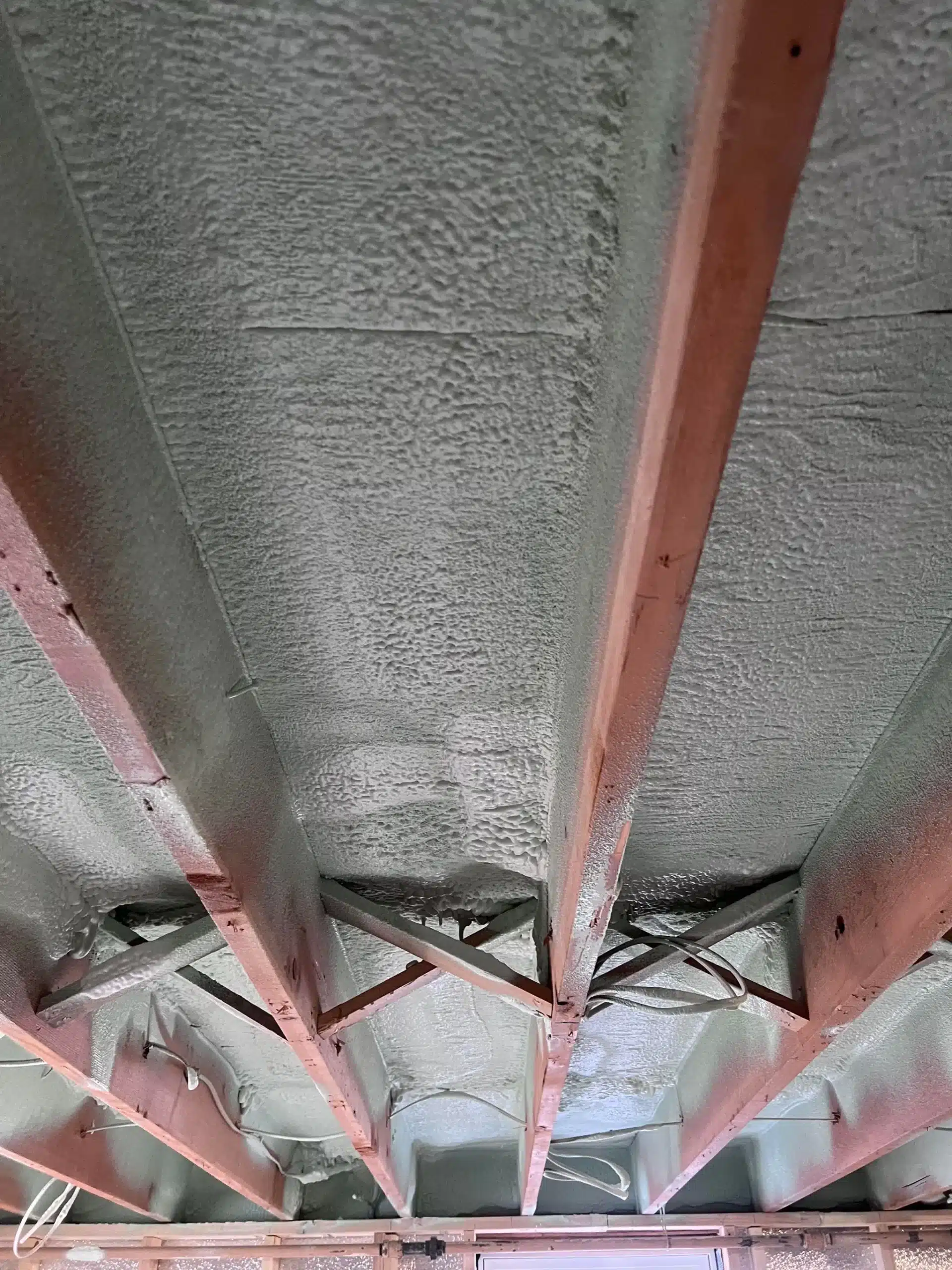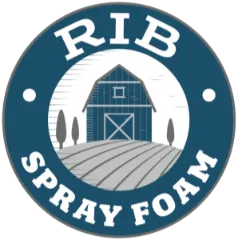Fort Centennial homeowners are choosing spray foam insulation over traditional materials because it outperforms in thermal efficiency, moisture resistance, and air sealing. It addresses key challenges specific to Colorado’s climate, such as temperature swings and energy loss due to high-altitude wind exposure.
Spray foam’s ability to provide both insulation and an air barrier in a single application has made it the top choice for new builds and retrofit projects. Based on field results and regional use cases, Rib Spray Foam Company has consistently observed improved comfort, reduced HVAC load, and minimized moisture problems in structures insulated with spray foam.
Insulation Performance in Fort Centennial Conditions
Cold winters, dry air, and fluctuating temperatures require insulation that adapts. Fiberglass and cellulose fall short when air leaks or moisture accumulate. Closed cell spray foam offers a tighter seal and increased structural reinforcement.
Thermal Resistance and Air Sealing Comparison
| Insulation Type | R-Value per Inch | Air Seal Capability | Moisture Barrier | Durability Rating |
|---|---|---|---|---|
| Closed Cell Spray Foam | 6.0 – 7.0 | Excellent | High | Long-Term |
| Open Cell Spray Foam | 3.5 – 3.7 | Good | Low | Moderate |
| Fiberglass Batts | 2.9 – 3.8 | Poor | None | Moderate |
| Blown-In Cellulose | 3.1 – 3.8 | Poor to Moderate | Low | Moderate |
Technical Attributes That Influence Choice
Spray foam integrates insulation and air sealing in one application. In Fort Centennial, this addresses two key needs: improving energy retention and reducing indoor humidity variation caused by uncontrolled airflow.
Technical Specifications of Closed Cell Spray Foam
| Property | Specification Range | Practical Benefit |
|---|---|---|
| R-Value per inch | 6.5 | Greater thermal resistance in tight wall spaces |
| Water Vapor Permeability | < 1 perm | Reduces risk of internal condensation |
| Compressive Strength | 25 – 30 psi | Adds wall and roof deck rigidity |
| Expansion Rate | 30 – 60 times original volume | Efficient gap filling with minimal material waste |
| Adhesion Strength | High | No sag or settling over time |
Factors Driving Regional Preference
Energy Efficiency Requirements Homes in Fort Centennial must comply with strict energy codes. Spray foam easily meets or exceeds R-value mandates for walls and roofs without requiring thick layers or secondary vapor barriers.
Climate Considerations Seasonal wind gusts and altitude affect heating needs. Spray foam stops uncontrolled airflow better than batt or blown insulation. Less draft means better heat retention.
Longevity and Structural Impact Unlike batt insulation that shifts or compresses, closed cell foam bonds to framing and sheathing. This results in longer performance life and better return on installation.
Bonus Tip: Spray foam applied to the underside of roof decks can create a conditioned attic, lowering summer cooling loads by up to 20%.
Things to Know Before Choosing Spray Foam
- Wall Assembly Moisture Load: Closed cell foam acts as a vapor barrier. Ensure the assembly can dry to the exterior to avoid trapped moisture.
- Rework Limitations: Once cured, spray foam cannot be removed or reused. Plan service pathways ahead of insulation.
- Ventilation Adjustment: Airtight homes require mechanical ventilation to maintain indoor air quality.
- Inspection Timing: Foam must be applied after framing and electrical inspections but before drywall installation.
Bonus Tip: For crawl spaces, apply closed cell foam directly to the foundation walls, not the subfloor, to create a better thermal envelope.

Most Relevant Services Offered by Rib Spray Foam Company
- Closed Cell Spray Foam: Delivers high R-value insulation with strong vapor resistance for exterior walls, roofs, and attics.
- Crawl Space Spray Foam: Seals and insulates moisture-prone under-floor areas to improve comfort and reduce mold risk.
- New Construction Spray Foam: Efficient insulation during build stage to avoid future air sealing retrofits.
- Pole Barn Spray Foam: Insulation and structural reinforcement for agricultural and metal-framed buildings.
Common Questions Homeowners Ask Before Choosing Spray Foam
How long does spray foam insulation last?
Spray foam lasts for the life of the building when installed correctly, without settling or degrading.
Can spray foam be used in existing homes?
Yes. It can be retrofitted into wall cavities, attics, and crawl spaces after inspection and preparation.
Is spray foam safe for indoor air quality?
After curing (24-48 hours), it is inert and emits no harmful chemicals.
Will it block pests or rodents?
Closed cell foam deters insects and rodents due to its dense structure, but it doesn’t replace pest control methods.
Direct Advice Before Deciding
Spray foam suits Fort Centennial homeowners looking to improve building envelope performance and manage long-term energy costs. Review your home’s wall assemblies, ventilation needs, and future renovation plans before installation.
Contact Rib Spray Foam Company
To schedule an evaluation or learn more about service suitability for your property, contact Rib Spray Foam Company at (970) 518-2883 or email [email protected]. A technical assessment can help match your home’s specific needs to the right application strategy.
FAQS
How to maintain spray foam insulation?
No active maintenance is needed, but periodic visual checks during roof or wall work help confirm it remains intact.
Can it be used alongside other insulation types?
Yes. Hybrid systems use spray foam for air sealing with batt or blown-in insulation to increase total R-value.
How does it affect HVAC performance?
Spray foam reduces load demand, allowing HVAC systems to operate more efficiently and last longer.
Does spray foam lower energy bills?
Yes. Studies by the U.S. Department of Energy show spray foam can reduce energy use by up to 50% compared to traditional materials (DOE Source).
Is spray foam compatible with vapor control layers?
Closed cell foam often eliminates the need for separate vapor retarders due to its low permeability.



